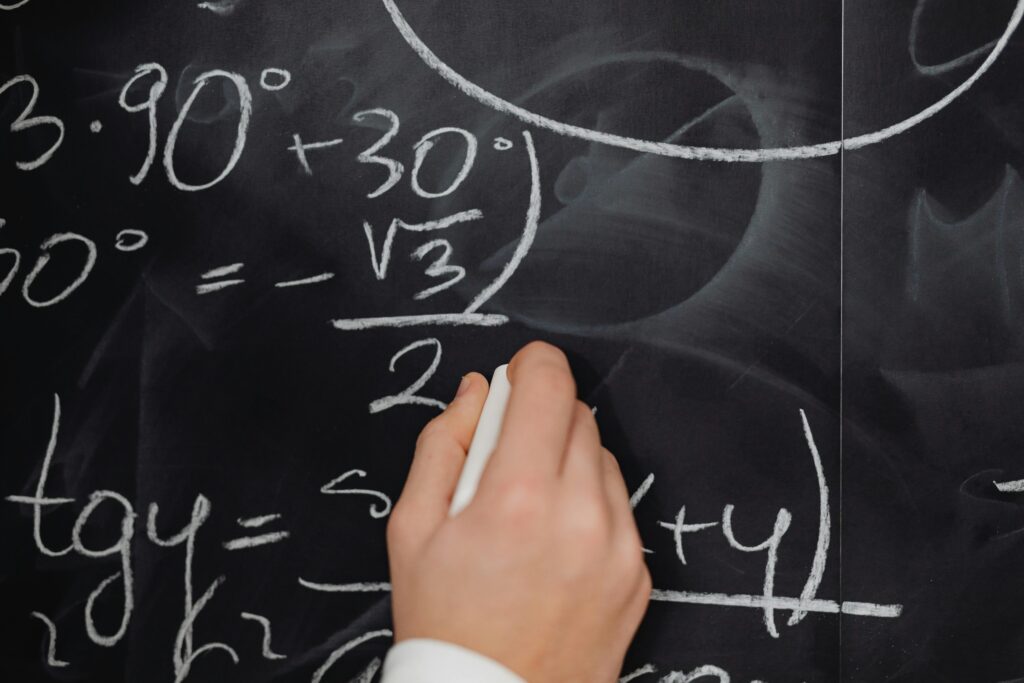Trigonometry is a critical branch of mathematics that plays a fundamental role in a variety of fields, from engineering and physics to architecture and astronomy. For students in Class 11, mastering trigonometry formulas is crucial for excelling in their exams and laying a solid foundation for higher studies. In this article, we will provide an exhaustive list of all trigonometric formulas essential for Class 11, along with a few tips on how to remember them effectively.
What is Trigonometry?
Trigonometry is the study of relationships between the angles and sides of triangles, particularly right-angled triangles. The primary functions in trigonometry—sine (sin), cosine (cos), and tangent (tan)—are the building blocks of this branch of mathematics. Understanding these functions and their interrelations is key to solving complex problems in trigonometry.
Class 11 Trigonometry: All Formulas
1. Basic Trigonometric Identities
The basic trigonometric identities form the foundation of trigonometry. These are essential for solving most problems in this subject:
- sin²θ + cos²θ = 1
- 1 + tan²θ = sec²θ
- 1 + cot²θ = csc²θ
2. Reciprocal Identities
These identities relate the primary trigonometric functions to their reciprocal functions:
- sinθ = 1/cscθ
- cosθ = 1/secθ
- tanθ = 1/cotθ
- cscθ = 1/sinθ
- secθ = 1/cosθ
- cotθ = 1/tanθ
3. Pythagorean Identities
Derived from the Pythagorean theorem, these identities are vital for solving a wide range of trigonometric problems:
- sin²θ + cos²θ = 1
- 1 + tan²θ = sec²θ
- 1 + cot²θ = csc²θ
4. Angle Sum and Difference Formulas
These formulas are useful for calculating the trigonometric values of sums or differences of two angles:
- sin(A ± B) = sinA cosB ± cosA sinB
- cos(A ± B) = cosA cosB ∓ sinA sinB
- tan(A ± B) = (tanA ± tanB) / (1 ∓ tanA tanB)
5. Double Angle Formulas
These formulas help in calculating the trigonometric values of double angles:
- sin(2A) = 2sinA cosA
- cos(2A) = cos²A – sin²A
- tan(2A) = 2tanA / (1 – tan²A)
6. Half-Angle Formulas
These formulas are crucial when dealing with half angles:
- sin(A/2) = ±√[(1 – cosA)/2]
- cos(A/2) = ±√[(1 + cosA)/2]
- tan(A/2) = ±√[(1 – cosA)/(1 + cosA)]
7. Product-to-Sum and Sum-to-Product Formulas
These formulas convert products of trigonometric functions into sums or differences, and vice versa:
- sinA sinB = ½[cos(A – B) – cos(A + B)]
- cosA cosB = ½[cos(A – B) + cos(A + B)]
- sinA cosB = ½[sin(A + B) + sin(A – B)]
8. Inverse Trigonometric Functions
Inverse trigonometric functions are used to determine angles from known trigonometric values:
- sin⁻¹(x), cos⁻¹(x), tan⁻¹(x)
- cot⁻¹(x), sec⁻¹(x), csc⁻¹(x)
9. Trigonometric Formulas for Special Angles \Trigonometry: All Formulas for Class 11
These formulas are crucial for solving problems involving standard angles:
- sin(0°) = 0, sin(30°) = ½, sin(45°) = 1/√2, sin(60°) = √3/2, sin(90°) = 1
- cos(0°) = 1, cos(30°) = √3/2, cos(45°) = 1/√2, cos(60°) = ½, cos(90°) = 0
- tan(0°) = 0, tan(30°) = 1/√3, tan(45°) = 1, tan(60°) = √3, tan(90°) = Undefined
Tips for Memorizing Trigonometric Formulas
Learning these formulas can be daunting, but here are some tips to make it easier:
- Practice Regularly: The more you practice, the more familiar you become with these formulas.
- Use Mnemonics: Create mnemonic devices to remember the formulas. For example, for sin²θ + cos²θ = 1, you can think, “Sine and cosine add up to one.”
- Understand, Don’t Memorize: Try to understand the derivation of the formulas instead of just memorizing them.
- Group Similar Formulas: Group formulas that are related, such as the angle sum and difference formulas, to help you recall them faster.
- Visual Aids: Use diagrams and graphs to visualize the relationships between the functions.
Conclusion
Understanding and mastering trigonometric formulas is essential for every student in Class 11. Not only do these formulas help you excel in exams, but they also lay the groundwork for advanced mathematical concepts. Whether you are preparing for competitive exams like JEE or aiming for a deeper understanding of trigonometry, these formulas are indispensable tools in your mathematical toolkit. If you like this formulas, share them with your friends, colleagues, or teachers..
